-
 Bitcoin
Bitcoin $118,209.3536
1.16% -
 Ethereum
Ethereum $3,151.7546
5.98% -
 XRP
XRP $2.9277
2.35% -
 Tether USDt
Tether USDt $1.0000
0.00% -
 BNB
BNB $689.7099
1.26% -
 Solana
Solana $163.4270
1.91% -
 USDC
USDC $1.0000
0.02% -
 Dogecoin
Dogecoin $0.1983
3.74% -
 TRON
TRON $0.3008
0.51% -
 Cardano
Cardano $0.7435
2.86% -
 Hyperliquid
Hyperliquid $47.6547
-0.48% -
 Stellar
Stellar $0.4625
2.79% -
 Sui
Sui $3.9921
2.71% -
 Chainlink
Chainlink $16.0608
4.23% -
 Hedera
Hedera $0.2348
1.56% -
 Bitcoin Cash
Bitcoin Cash $496.6985
1.25% -
 Avalanche
Avalanche $21.9038
5.41% -
 UNUS SED LEO
UNUS SED LEO $8.8356
-1.88% -
 Shiba Inu
Shiba Inu $0.0...01364
5.31% -
 Toncoin
Toncoin $3.1102
4.35% -
 Litecoin
Litecoin $95.9756
3.59% -
 Polkadot
Polkadot $4.0925
5.78% -
 Monero
Monero $333.7622
-1.44% -
 Uniswap
Uniswap $9.1968
2.25% -
 Bitget Token
Bitget Token $4.6378
6.23% -
 Pepe
Pepe $0.0...01282
6.77% -
 Dai
Dai $1.0002
0.03% -
 Ethena USDe
Ethena USDe $1.0005
0.00% -
 Aave
Aave $329.9143
4.49% -
 Bittensor
Bittensor $441.4995
6.89%
Why are Lightning Network transactions faster than on-chain transactions?
Lightning Network (LN) transactions are far faster than on-chain Bitcoin transactions because they occur off-chain via payment channels, bypassing blockchain confirmation delays, though channel opening and closing still require on-chain interactions.
Mar 24, 2025 at 09:35 am
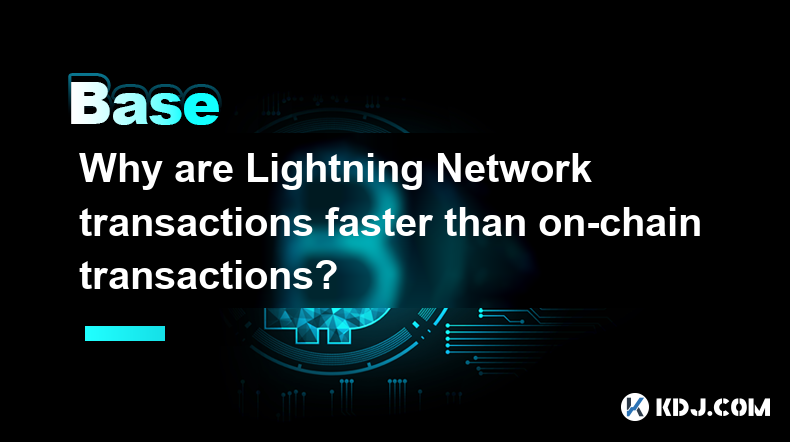
Key Points:
- Lightning Network (LN) transactions bypass the Bitcoin blockchain's main limitations, achieving significantly faster speeds.
- LN uses a network of payment channels, enabling off-chain transactions, unlike on-chain transactions which directly interact with the blockchain.
- Transaction confirmation times are drastically reduced due to the absence of blockchain confirmations for LN transactions.
- Scalability issues of the Bitcoin blockchain are addressed by LN's ability to handle numerous transactions concurrently.
- However, LN transactions require an initial on-chain transaction to open a channel, and there are security and usability considerations.
Why are Lightning Network transactions faster than on-chain transactions? The answer lies in the fundamental difference between how they operate. On-chain Bitcoin transactions are recorded directly onto the Bitcoin blockchain, a public, distributed ledger. This process involves miners verifying and adding the transaction to a block, a process that can take several minutes to several hours, depending on network congestion.
The Lightning Network, on the other hand, operates "off-chain." This means that transactions occur outside the main Bitcoin blockchain. Participants establish "payment channels" between each other, essentially pre-funding a mini-ledger. Transactions within this channel are then settled instantaneously, without needing to wait for blockchain confirmations.
This off-chain settlement is the key to Lightning Network's speed. Imagine a busy highway (the Bitcoin blockchain) and a network of private roads (the Lightning Network). On-chain transactions are like driving on the highway – slow and prone to congestion. LN transactions are like taking the private roads – much faster and more efficient.
The speed difference is dramatic. While on-chain transactions can take minutes or even hours to confirm, LN transactions typically complete within seconds. This speed advantage is crucial for applications requiring near-instantaneous payments, such as microtransactions or point-of-sale systems.
However, it's important to understand that the Lightning Network isn't entirely independent of the Bitcoin blockchain. To open a payment channel, an initial on-chain transaction is required. This initial transaction establishes the funds locked within the channel. Similarly, closing a channel also requires an on-chain transaction.
Despite the need for these on-chain actions, the vast majority of transactions within an active payment channel are off-chain, resulting in the significant speed improvement. The speed difference is particularly noticeable during periods of high Bitcoin network congestion, when on-chain transaction confirmation times can be significantly longer.
The scalability benefits of the Lightning Network are also a key factor in its speed. The Bitcoin blockchain has a limited capacity for transactions per second. LN significantly increases the network's capacity by handling a large volume of transactions off-chain, thus alleviating the pressure on the main blockchain.
Setting up a Lightning Network payment channel involves several steps:
- Choosing a Lightning Node: You need to run a Lightning node or use a service that provides one.
- Funding the Channel: You need to send Bitcoin to the channel from your on-chain wallet.
- Connecting to a Peer: You must establish a connection with another Lightning node willing to open a channel.
- Negotiating Channel Parameters: You and your peer need to agree on the channel's capacity and other parameters.
- Opening the Channel (on-chain transaction): This final step involves a Bitcoin transaction to lock funds in the channel.
Once the channel is open, transactions between the two nodes are incredibly fast. However, managing multiple channels and understanding the technical aspects can be complex for less technically-savvy users.
The security of Lightning Network transactions relies on cryptographic techniques and the properties of the Bitcoin blockchain itself. While funds are locked in a channel, they remain under the control of the participants, protected by cryptographic signatures. However, the security of your LN funds also depends on the security of your node and its connection to the network. Malicious nodes could potentially compromise the security of your transactions.
Furthermore, user experience with the Lightning Network is still developing. While tools and wallets are improving, interacting with LN can be more technically demanding compared to using traditional on-chain Bitcoin transactions. Increased usability and simplified user interfaces are essential for wider adoption.
Frequently Asked Questions:
Q: Is the Lightning Network completely anonymous?
A: No, while Lightning Network transactions are off-chain, the opening and closing of channels are recorded on the Bitcoin blockchain, which is pseudonymous, not anonymous. Your node's IP address may also be visible depending on your setup.
Q: Can I use the Lightning Network with any cryptocurrency?
A: Currently, the Lightning Network is primarily used with Bitcoin. While there are other attempts to build similar layer-2 solutions for different cryptocurrencies, Bitcoin's Lightning Network is the most mature and widely used.
Q: What are the limitations of the Lightning Network?
A: LN requires an initial on-chain transaction to open a channel and to close it. Furthermore, users need to manage channel liquidity and be aware of potential security risks. Usability is also an ongoing challenge.
Q: How much faster is the Lightning Network compared to on-chain transactions?
A: The speed improvement is significant. While on-chain transactions can take minutes or hours, LN transactions typically complete in seconds. The exact difference depends on network congestion.
Q: Is the Lightning Network suitable for all types of Bitcoin transactions?
A: No. LN is best suited for smaller, frequent transactions. Larger transactions may require multiple channels or might be more efficiently processed on-chain.
Disclaimer:info@kdj.com
The information provided is not trading advice. kdj.com does not assume any responsibility for any investments made based on the information provided in this article. Cryptocurrencies are highly volatile and it is highly recommended that you invest with caution after thorough research!
If you believe that the content used on this website infringes your copyright, please contact us immediately (info@kdj.com) and we will delete it promptly.
- Bitcoin, Crypto, and Rate Cut Hopes: A Bullish Brew for the Summer?
- 2025-07-17 00:30:12
- Swedish Refine Group's $1M Bitcoin Treasury Strategy: A Growing Trend
- 2025-07-17 00:30:13
- Avalanche Onchain Insights: Token Relations Unveils Comprehensive Dashboards
- 2025-07-16 22:50:13
- Standard Chartered's Crypto Leap: Regulated Trading and Stablecoin Focus
- 2025-07-16 23:30:13
- Rare Coin Alert: Darwin, Ipswich, and Hidden Treasures!
- 2025-07-16 23:30:13
- Shiba Inu vs. Remittix: Can Remittix Deliver Gains Faster?
- 2025-07-16 23:35:13
Related knowledge
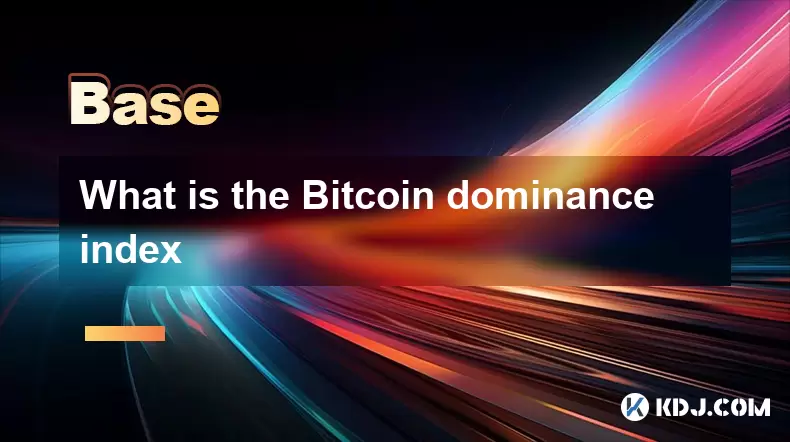
What is the Bitcoin dominance index
Jul 12,2025 at 10:35pm
Understanding the Bitcoin Dominance IndexThe Bitcoin Dominance Index, often abbreviated as BTC.D, is a metric used to measure Bitcoin's market capital...
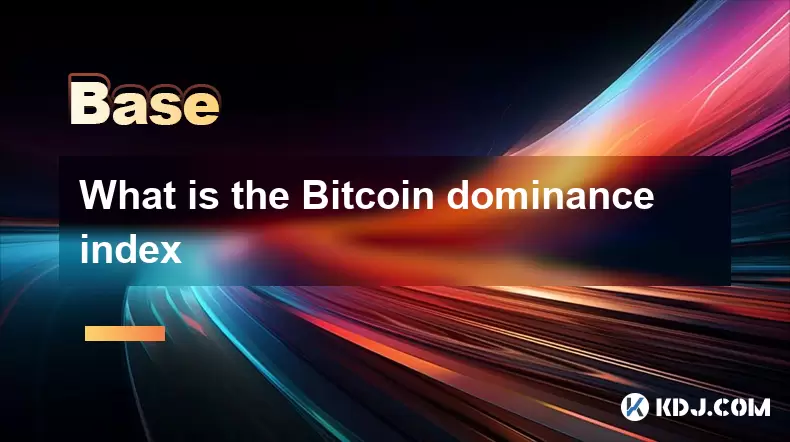
What is the Bitcoin dominance index
Jul 11,2025 at 04:29am
What is the Bitcoin Dominance Index?The Bitcoin Dominance Index is a metric used to gauge Bitcoin's market capitalization relative to the total market...
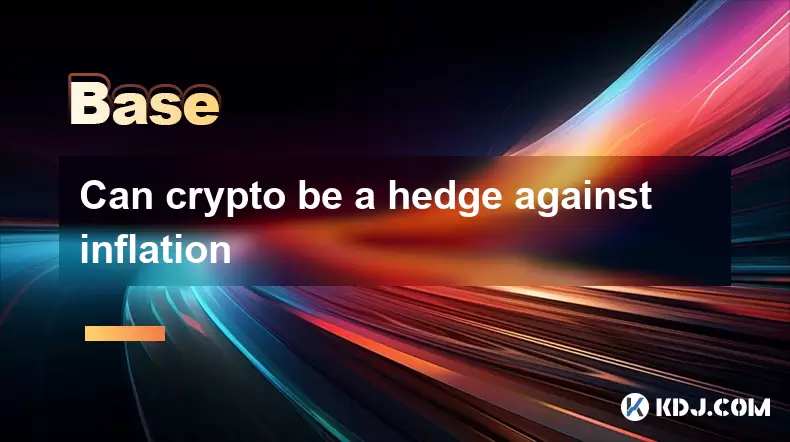
Can crypto be a hedge against inflation
Jul 14,2025 at 12:21am
Understanding the Concept of Hedging Against InflationInflation refers to the general increase in prices and fall in the purchasing value of money ove...
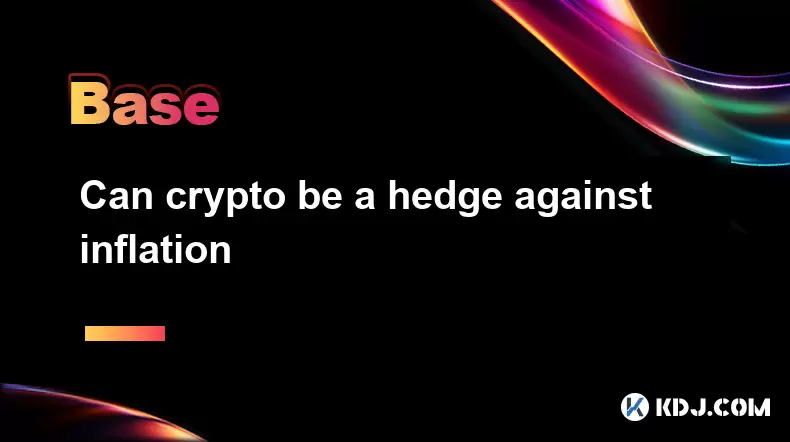
Can crypto be a hedge against inflation
Jul 12,2025 at 12:07pm
Understanding the Role of Blockchain in Decentralized Finance (DeFi)Blockchain technology serves as the backbone of decentralized finance, offering a ...
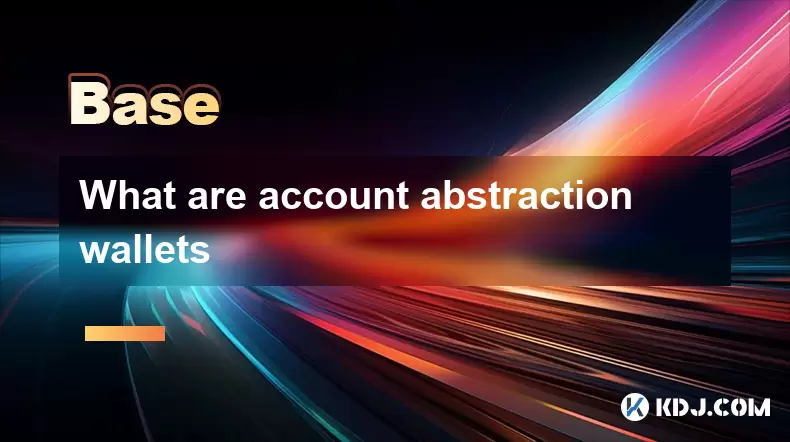
What are account abstraction wallets
Jul 13,2025 at 01:43am
Understanding the Concept of Account AbstractionAccount abstraction is a term frequently used in the Ethereum ecosystem, particularly within discussio...
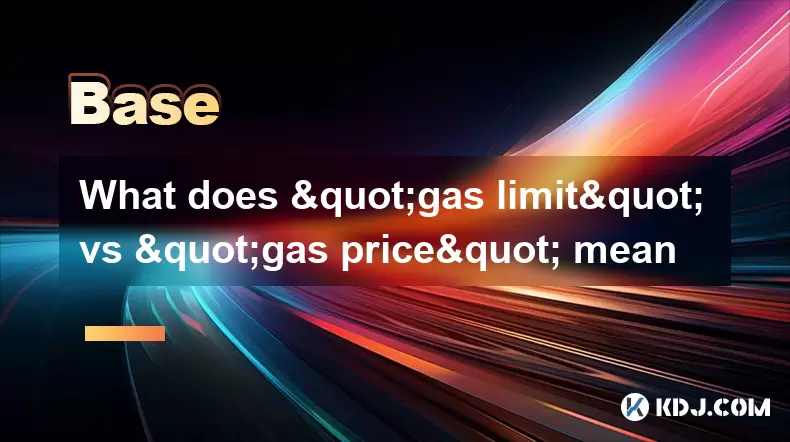
What does "gas limit" vs "gas price" mean
Jul 13,2025 at 04:00am
Understanding the Basics of Gas in Blockchain TransactionsIn the Ethereum and other EVM-compatible blockchains, every transaction requires computation...

What is the Bitcoin dominance index
Jul 12,2025 at 10:35pm
Understanding the Bitcoin Dominance IndexThe Bitcoin Dominance Index, often abbreviated as BTC.D, is a metric used to measure Bitcoin's market capital...

What is the Bitcoin dominance index
Jul 11,2025 at 04:29am
What is the Bitcoin Dominance Index?The Bitcoin Dominance Index is a metric used to gauge Bitcoin's market capitalization relative to the total market...

Can crypto be a hedge against inflation
Jul 14,2025 at 12:21am
Understanding the Concept of Hedging Against InflationInflation refers to the general increase in prices and fall in the purchasing value of money ove...

Can crypto be a hedge against inflation
Jul 12,2025 at 12:07pm
Understanding the Role of Blockchain in Decentralized Finance (DeFi)Blockchain technology serves as the backbone of decentralized finance, offering a ...

What are account abstraction wallets
Jul 13,2025 at 01:43am
Understanding the Concept of Account AbstractionAccount abstraction is a term frequently used in the Ethereum ecosystem, particularly within discussio...

What does "gas limit" vs "gas price" mean
Jul 13,2025 at 04:00am
Understanding the Basics of Gas in Blockchain TransactionsIn the Ethereum and other EVM-compatible blockchains, every transaction requires computation...
See all articles

























































































